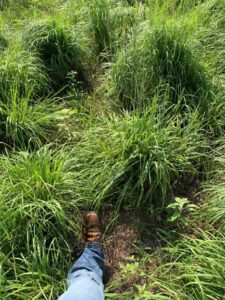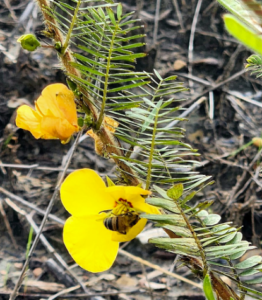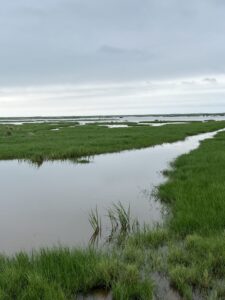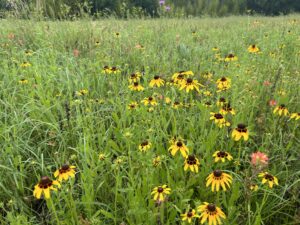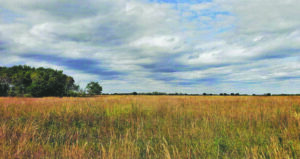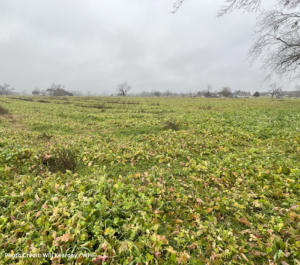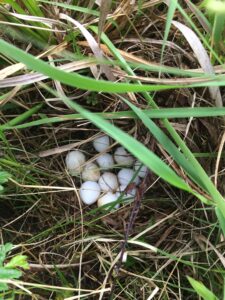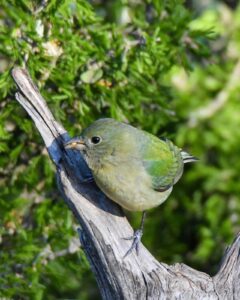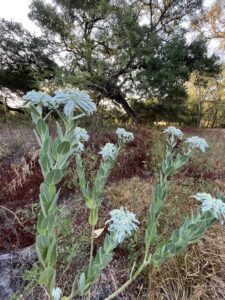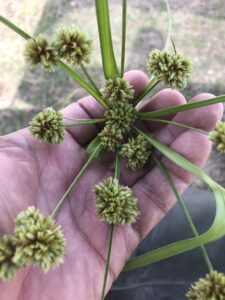01
Jul
Little Bluestem
0 Comment
Native grasses such as Little Bluestem (Schizachyrium scoparium), provide excellent nesting and brooding habitat for Northern Bobwhite quail and their young. These... Read More
28
Jun
Western honeybees, Apis mellifera
Although not native to North America, Western honeybees (Apis mellifera) are a critical part of our ecosystems and help pollinate much of... Read More
30
May
Coastal Marshlands
Coastal marshlands are home to a rich variety of plant and animal species. They provide critical breeding, feeding, and nursery grounds for... Read More
15
May
Tales from the Field: the Prairie Edit
This season, our Tales from the Field story is focused on the importance of prairie ecosystems. The prairie habitats found throughout Texas... Read More
04
May
Meeting Landowners Where They Are
“We meet landowners wherever they are – and walk alongside them wherever they want to go. From initial outreach and reading the... Read More
15
Feb
Tales from the Field
The photo above depicts the bounty and beauty of a cover crop of turnips and radishes. These delicious taproots are muscular packets... Read More
03
Jan
America the Beautiful Challenge Priority Species
WHF is focused on improving ecosystems through nature-based solutions to support native grassland species and restore habitat. We will be working with... Read More
14
Sep
Native Wildlife
Lumpkin, Aramus Guarana. Looking like something between a crane and a rail, this odd wading bird has no close relatives. Throughout most... Read More
14
Sep
Native Plants
Late Boneset, known to science as Eupatorium serotinum, is one of those unremarkable remarkable plants known to most Texans as a “weed.” Yet... Read More
07
Sep
Deep-rooted Sedge – Invasive Species
Deep-rooted sedge (Cyperus entrerianus) is an invasive grass from South America. Its distinctive 3-sided stems contain a potent seed head. Deep-rooted sedge... Read More

